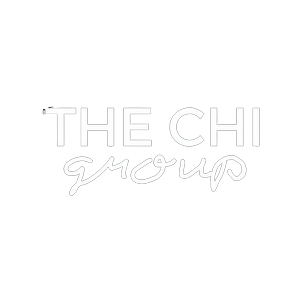What Journalists Want To Hear From Your Pitch
In an industry where time equals money, journalists are overwhelmed; Muck Racks’ new report claims the majority receive 5 to 25 pitches a week. The way to make your pitch stand out in an inbox is to tailor your message to what a journalist is looking for. By creating a pitch that is relevant, personalized and straightforward, your clients will be jumping for joy with the placements you’ve secured for them!
Learn more about how you can have your pitch picked up:
Focus On Your Niche
Let’s face it, in such a busy world it can be easy to filter out information that isn’t relevant to us. The same can be said for journalists; if your pitch isn’t relevant to a journalist’s audience, chances are you won’t be hearing back. That’s right, it’s time to say goodbye to being generic! To secure your pitch placement, make sure you know the audience the journalist writes for. When you know your client’s niche, you’ll have a better chance at securing a feature for your client. According to a survey by Cision, 78% of reporters blocked a PR professional after receiving irrelevant pitches… don’t let this happen to you! Account for recent trends in your client’s industry or new achievements that affect the average consumer. Decide what story you want your pitch to tell instead of it reading like an announcement.
Make a Personal Connection
As a PR professional it's always a good time to build relationships with your contacts. Liking a journalist’s tweet or following the types of stories they cover can help you better understand what type of content they’re looking for in your pitch. Journalists pay attention to who shares their work. By creating relationships with journalists, you're more likely to have your email opened and less likely to be seen as spam. Sending two to three personalized and relevant emails will help you achieve better results than over 100 generic ones. While this may feel time-consuming upfront, creating tailored pitches will help you go far in the long run. Your pitch should address the person by their name or the company if you don't know who the writer will be.
Let’s Keep It Real
You’ve narrowed down your niche and selected your audience. Now, let’s keep it real when writing a pitch. It’s time to drop the flowery language and give the writer what they want to see, a story. Brevity is key; hiding the reason for the press release three paragraphs down isn’t beneficial for you or the journalist. Straightforward wording is the way to go when you're competing for a writer’s attention. Concise and clear writing helps keep your press release short and need little editing before it goes to print. To help move the process along, hard facts about the organization or product help ground the pitch and feel authentic. This can also include names of company personnel to interviews, reports and data. Good quotes can also make or break your pitch email. When including quotes, skip the long formal quote from the company exec. Instead, make your quotes sound authentic and bring new value to your pitch. This can include insight on how the company will change the market or what consumers will gain from it.
While there’s been debate in the world of public relations about sending photos in the email, it seems journalists are looking for extra help in your pitch. Cision’s recent survey notes that fewer photographers in the newsroom mean including photos to be used in your pitch that fit the message of your email.
No one ever said pitching for a client is easy work! With these tricks, you’ll be able to catch the eyes of journalists looking for their next story. In no time you’ll have contacts in your client’s industry to connect with.
For more PR resources CLICK HERE

